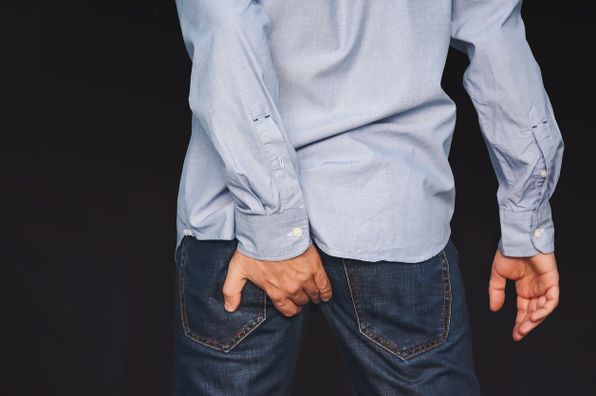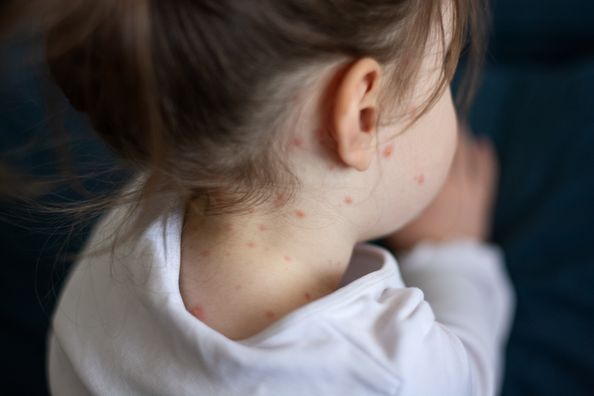Have you ever developed a small cyst in the crease of your buttocks or tailbone? It may have been a small dimple, or could have started that way and developed into a large and painful mass. This condition is caused by pilonidal disease and there are more than 70,000 cases diagnosed in the US each year.
About Pilonidal Disease
Pilonidal disease is a chronic skin infection in the crease of the buttocks near the coccyx (tailbone). Pilonidal disease can be a one-time cyst or be a chronic condition.
Who Gets Pilonidal Disease?
Anyone can be impacted by pilonidal disease. This condition is more common in men than women and often occurs between puberty and age 40 with the average age being between 20 and 35. Obesity and thick, stiff body hair can make people more prone to pilonidal disease. Pilonidal disease is more common in people who sit often, and wearing tight clothing can make the condition worse. If chronic pilonidal disease is not treated it can lead to abscesses and sinus cavities.
Causes of Pilonidal Disease
Hairs often grow in the “cleft” between the buttocks. These hair follicles can become infected. If not treated, the hair can be drawn into these abscesses creating a “pit”, inflammation and making the problem worse.
Pilonidal Disease Symptoms
Symptoms of pilonidal disease can vary from mild to severe depending on the severity of the cyst. Symptoms may include:
- Small dimple
- Large painful mass
- Clear, cloudy or bloody drainage from the area
- If infected, the area can become red or tender and also foul smelling drainage (pus)
- If infected, you may develop a fever, nausea or feel sick
Treatments for Pilonidal Cysts
To get the right treatment plan, you need to have a physician examine your cyst. Treatment will depend on the disease pattern. The primary treatment for a small abscess is to drain the cyst through an incision. If more severe you may require surgical treatment from a colorectal surgeon. Your colorectal surgeon will examine your cyst and determine if an excision or “cleft lift” procedure is best for you.
- Cleft Lift
- In this procedure, your surgeon will reshape the cleft to be shallower and remove infected areas which allows for better healing. The wound/incision is done away from the midline to decrease the time it takes to heal. This procedure is performed as an outpatient procedure while you are under anesthesia. Recovery takes about 2 weeks and doesn’t require and special packing or wound dressing.
- Excision with Primary Closure
- Tissue around the cyst and sinuses are removed and the wound area is closed with stitches. This procedure is performed as an outpatient procedure while you are under anesthesia. Recovery takes about 4 weeks. This method is faster healing than the open procedure, but has a higher infection rate. Those that have this type of procedure need to be careful not to pop stitches since this area of the body moves in many directions during your daily routine which can place additional stress on stitches.
- Excision with Open Healing
- Tissue around the cyst and sinuses are completely removed. This results in a wound that is open to heal and fill in from the bottom. Your wound will need to be cleaned out and re-packed with gauze at least two times a day. This procedure is performed as an outpatient procedure while you are under anesthesia. Recovery takes about eight weeks. This is the slowest healing, but has a lower rate of infection compared to a closed wound.
Health Topics:







